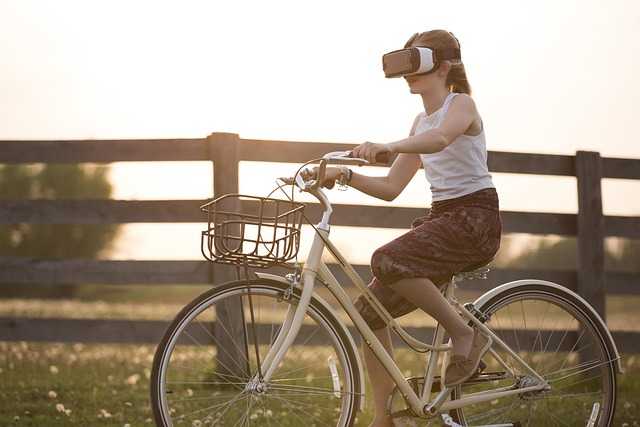Revolutionizing Education: Virtual Reality Textbooks and Their Impact
Imagine stepping into the pages of your textbook—walking through ancient civilizations, exploring the human body from within, or visualizing complex molecular structures as if they were tangible objects right before your eyes. This is no longer the stuff of science fiction. Thanks to virtual reality textbooks, education is undergoing a groundbreaking transformation that promises to deepen engagement and enhance learning experiences like never before.
Traditional textbooks have long been the cornerstone of education, yet they often struggle to ignite imagination or fully convey complex concepts. Virtual reality textbooks shatter these limitations by merging interactive technology with curriculum content, creating an immersive environment where students aren’t just reading about a subject—they’re living it.
For students, the tactile, three-dimensional nature of virtual reality textbooks bridges the gap between abstract ideas and tangible understanding. Visualizing geometry in dynamic 3D space or witnessing historical events unfold within an immersive world fosters a level of retention and enthusiasm that static images and text rarely achieve. This immersive approach caters to different learning styles, making education more accessible and inclusive.
Educators, too, are finding fresh opportunities to innovate their teaching methods. VR textbooks allow instructors to tailor lessons to individual student needs, monitor progress in new ways, and create collaborative virtual environments that foster peer interaction beyond physical classrooms. The excitement surrounding this technology is palpable, as it transforms passive learning into an active, exploratory journey.
There are, of course, challenges to widespread adoption—cost, accessibility, and the need for curricular integration are significant factors. However, as technology becomes more affordable and user-friendly, these barriers are steadily diminishing. Forward-thinking schools and districts are already piloting VR textbooks, signaling a shift toward more engaging, effective education for future generations.
Ultimately, virtual reality textbooks represent more than just a novel teaching tool—they symbolize a shift in how we think about knowledge itself. By fostering empathy, deep engagement, and experiential learning, VR textbooks hold the potential to revolutionize education, making it more immersive and meaningful in ways students will truly relate to and cherish.



